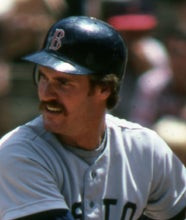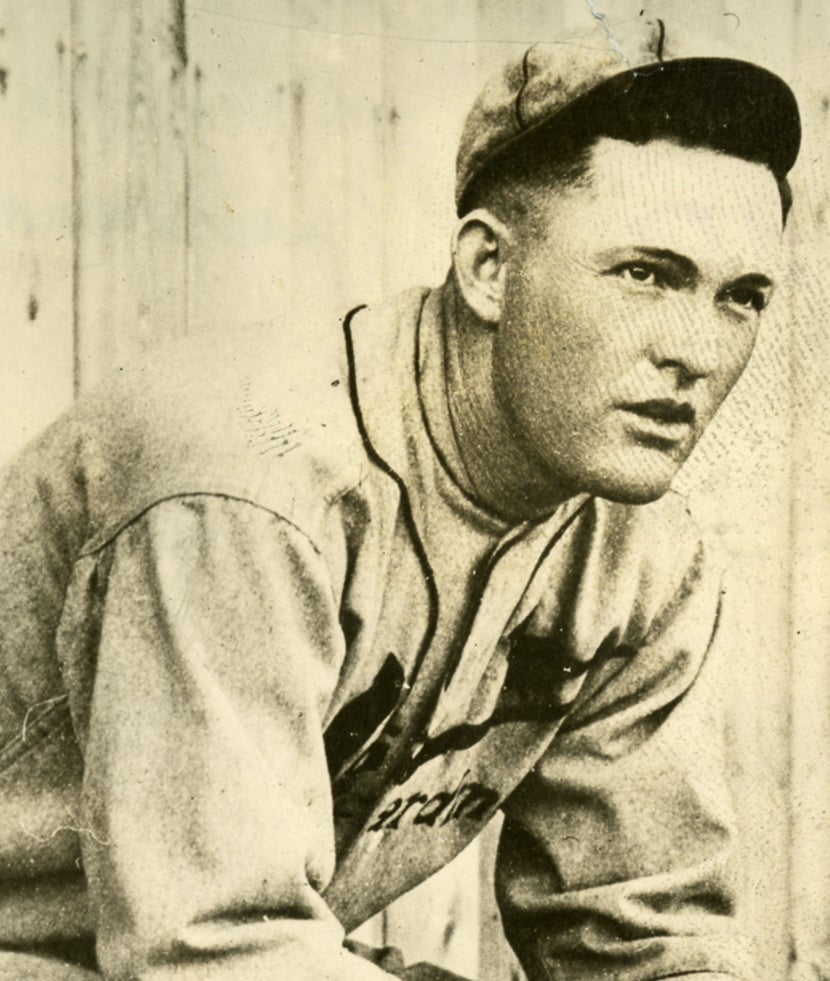- Home
- Our Stories
- Boggs, Sandberg beat the odds to enter Hall together
Boggs, Sandberg beat the odds to enter Hall together
For Wade Boggs and Ryne Sandberg, the path to Cooperstown wasn’t always an easy one.
But on July 31, 2005, the pair stood together on stage, earning the game’s highest honor of induction into the Hall of Fame.
Hall of Fame Membership
There is no simpler, and more essential, way to demonstrate your support than to sign on as a Museum Member.
Official Hall of Fame Apparel
Proceeds from online store purchases help support our mission to preserve baseball history. Thank you!
Neither Boggs nor Sandberg was a particularly highly-rated prospect coming out of high school. Boggs was drafted in the seventh round by the Boston Red Sox and Sandberg in the 20th by the Philadelphia Phillies. But the two made their way to the big leagues and ultimately established themselves among the best ever at their respective positions.
“I know that if I had ever allowed myself to think this was possible, if I had ever taken one day in pro ball for granted, I’m sure I would not be here today,” Sandberg said in his induction speech.
Advancing through the minor leagues was a constant uphill climb for Boggs. He started his career at Class A Elmira and advanced to Winston-Salem the next year before spending two years each at Double-A and Triple-A. After six minor league seasons, he finally made his big league debut in April 1982.
From that point on, Boggs never stopped hitting. He silenced his doubters by batting over .300 in his first 10 seasons and claiming five batting titles in his first seven seasons, earning the job as the Red Sox starting third baseman.
He went on to play in the major leagues for 18 years. After 11 years in Boston, he spent five years with the Yankees and then closed out his career playing two seasons with the expansion Tampa Bay Devil Rays. Boggs batted .328 with a .415 on-base percentage for his career and collected 3,010 hits.
“This is a guy who played (six) minor league seasons, hit .300 something a ridiculous six straight years, went through three Rule 5 drafts and kept saying, ‘My success will be measured in terms of dealing with adversity,’” sports writer and 2005 J.G. Taylor Spink Award winner Peter Gammons said. “He is the model for overcoming adversity of all kinds.”
Boggs was elected to the Hall of Fame in his first year on the ballot with 91.9 percent of the vote.
“My train ride began in 1976 in Elmira with many stops along the way,” Boggs said in his induction speech. “But today, that train has pulled into Cooperstown, New York, and I found a new family here at the Hall of Fame.”
Coming out of high school, Sandberg was a relatively unknown prospect with similarly low expectations. He passed up an opportunity to play quarterback at Washington State University, choosing to play baseball instead after the Phillies drafted him in 1978.
Sandberg progressed to the major leagues in Philadelphia by 1981 but would only play 13 games with the Phillies. He and Larry Bowa were both traded to the Chicago Cubs in January 1982 in exchange for Ivan de Jesus.
In Chicago, Sandberg staked his claim for the Hall of Fame, collecting 10 consecutive All-Star appearances from 1984-1993 and nine consecutive Gold Glove Awards from 1983-1991. He was named National League MVP in 1984, when he led the Cubs to their first postseason appearance since the 1945 World Series.
In 1990, Sandberg became the first second baseman to lead the league in home runs since Rogers Hornsby in 1925.
“The reason I am here, they tell me, is that I played the game a certain way, that I played the game the way it was supposed to be played,” Sandberg said. “I don't know about that, but I do know this: I had too much respect for the game to play it any other way, and if there was a single reason I am here today, it is because of one word, respect.”
Sandberg was inducted into the Hall of Fame in his third year on the ballot with 76.2 percent of the vote.
“Everything I am today, everything I have today, everything I will ever be is because of the game of baseball,” Sandberg said.
Janey Murray was the digital content specialist at the National Baseball Hall of Fame and Museum
Related Stories
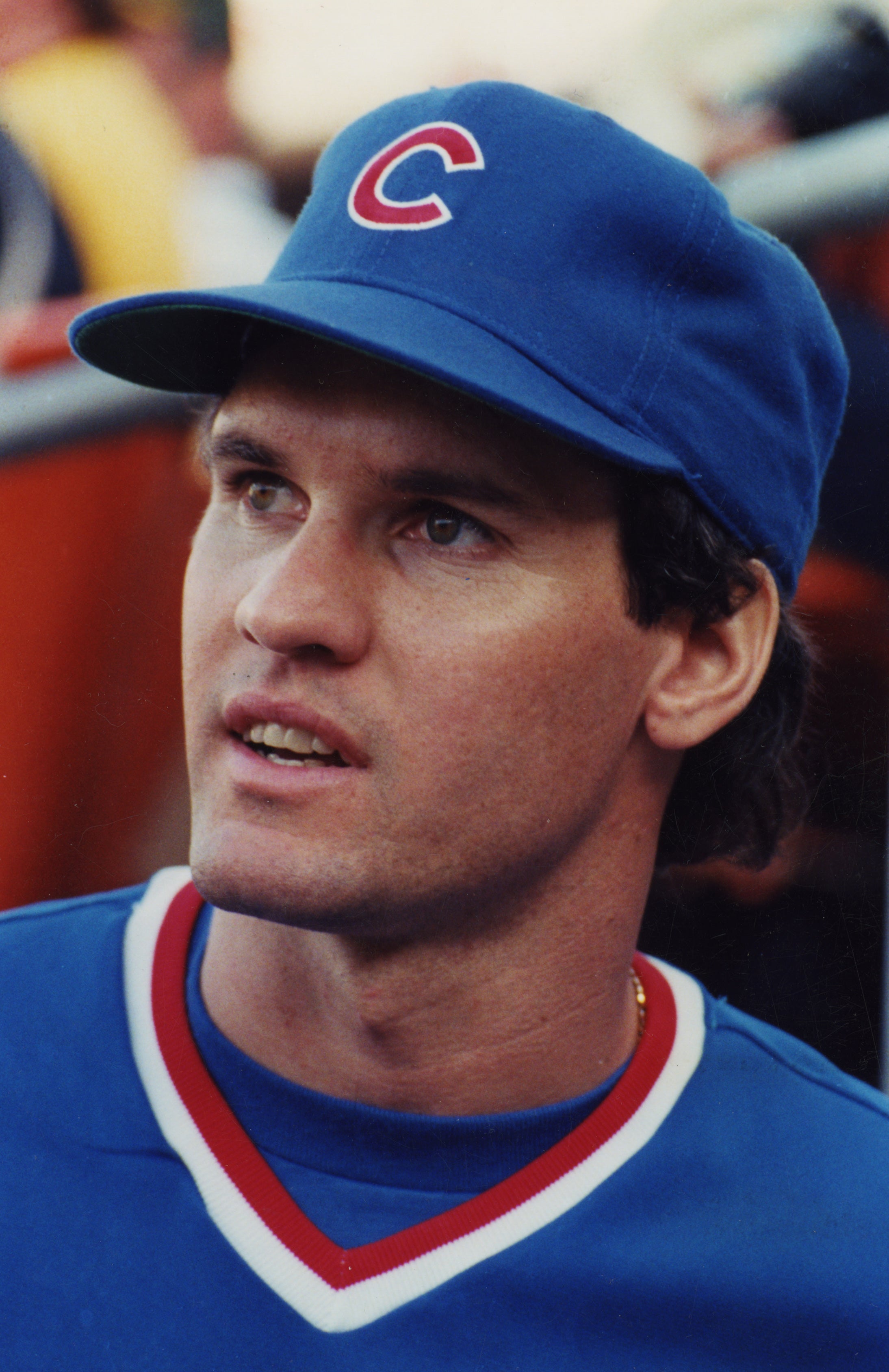
‘Sandberg Game’ launched Cubs’ 1984 season
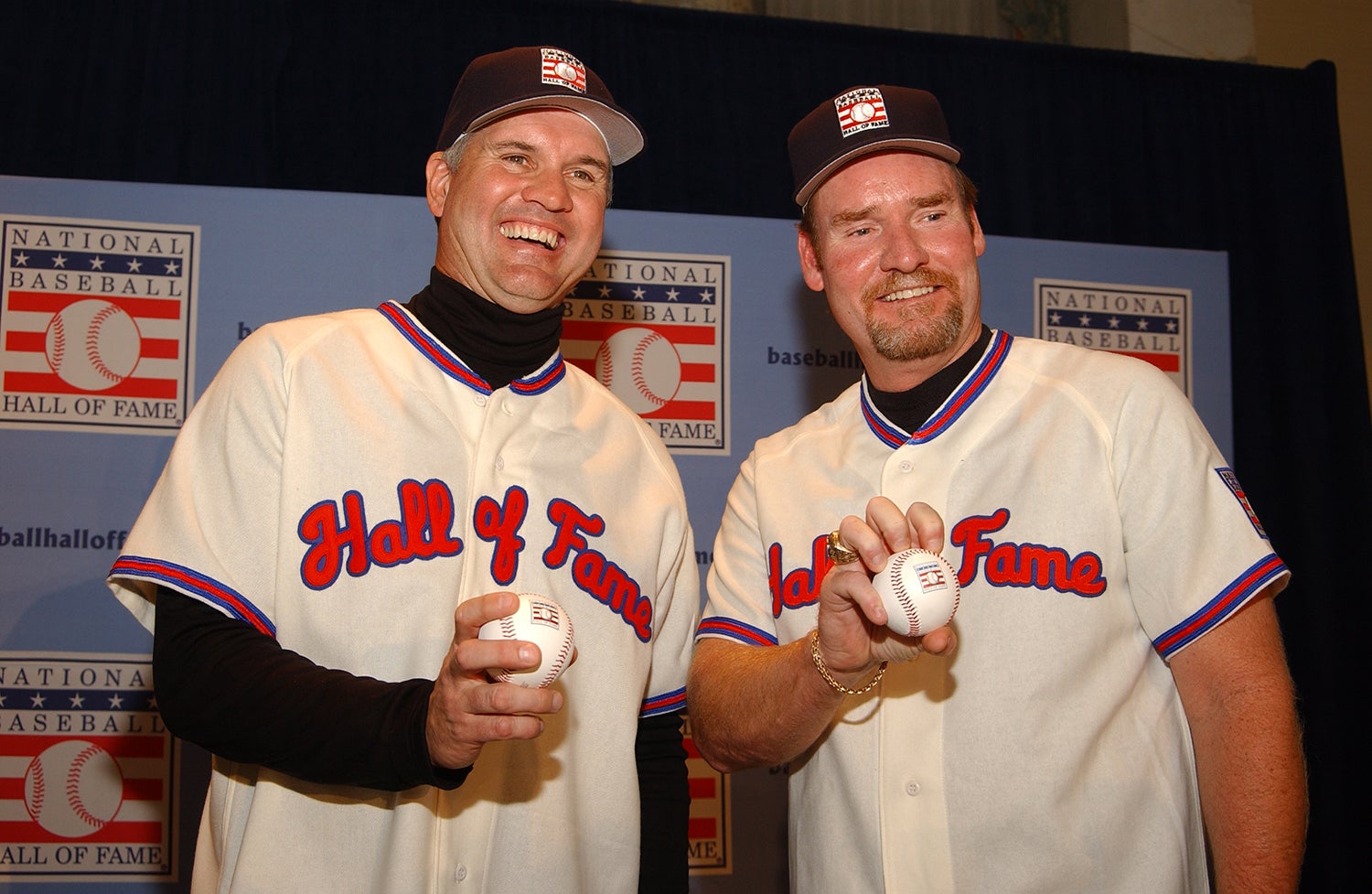
Wade Boggs, Ryne Sandberg elected to Hall of Fame by BBWAA
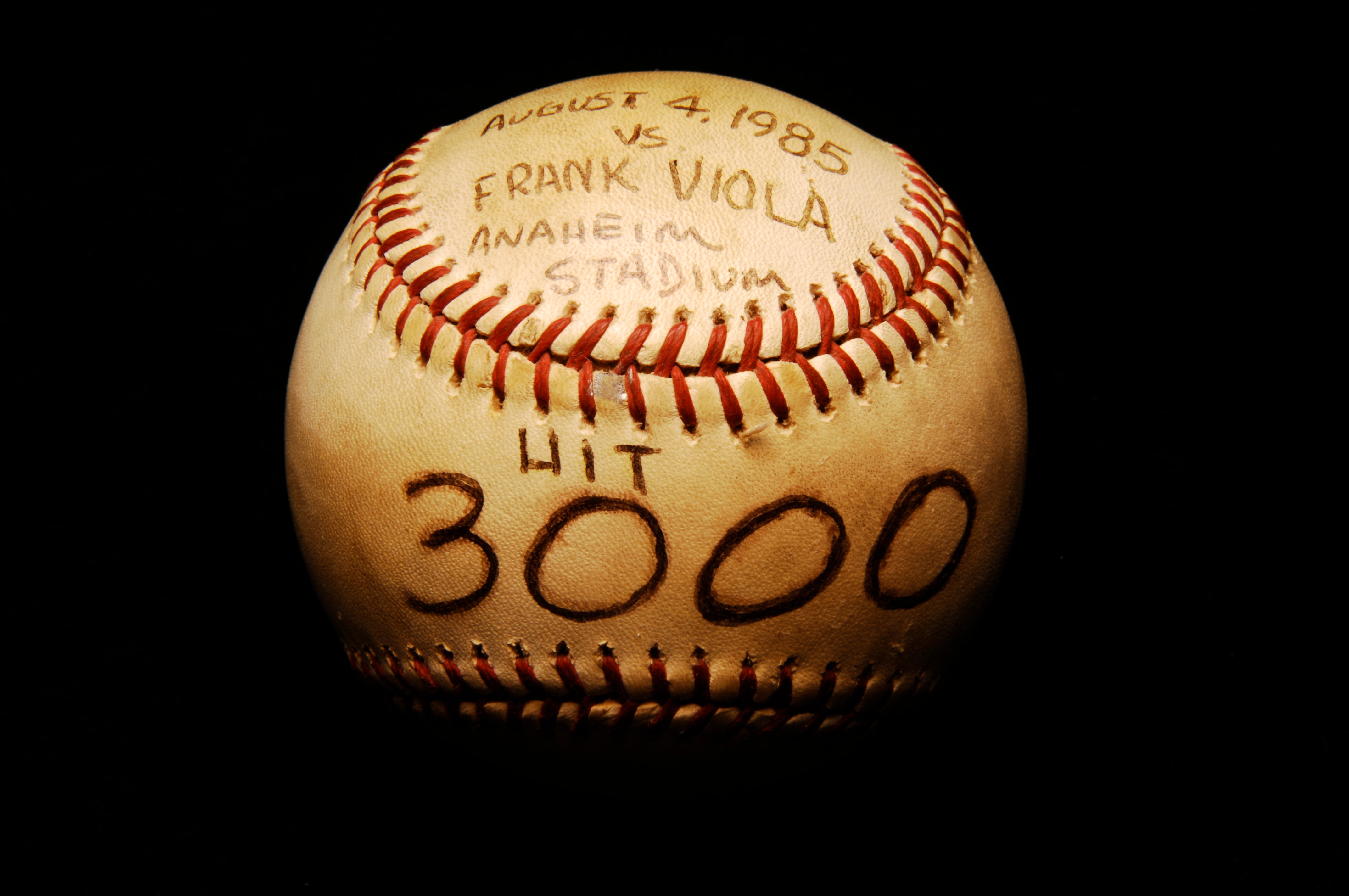
3,000: An exclusive club
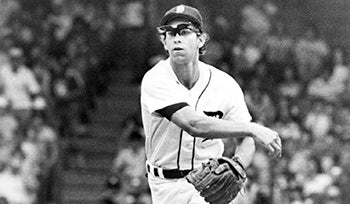
Selections of Morris, Trammell in 1976 MLB Draft Set a New Standard, Launched Tigers’ Powerhouse

‘Sandberg Game’ launched Cubs’ 1984 season

Wade Boggs, Ryne Sandberg elected to Hall of Fame by BBWAA

3,000: An exclusive club






